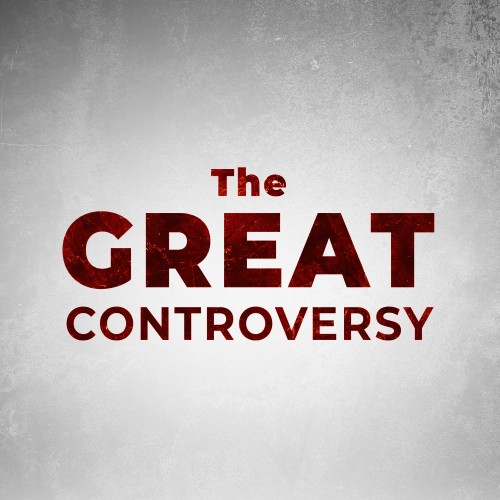The sanctuary to which Paul here refers was the tabernacle built by Moses at the command of God as the earthly dwelling place of the Most High. “Let them make Me a sanctuary; that I may dwell among them” (Exodus 25:8), was the direction given to Moses while in the mount with God. The Israelites were journeying through the wilderness, and the tabernacle was so constructed that it could be removed from place to place; yet it was a structure of great magnificence. Its walls consisted of upright boards heavily plated with gold and set in sockets of silver, while the roof was formed of a series of curtains, or coverings, the outer of skins, the innermost of fine linen beautifully wrought with figures of cherubim. Besides the outer court, which contained the altar of burnt offering, the tabernacle itself consisted of two apartments called the holy and the most holy place, separated by a rich and beautiful curtain, or veil; a similar veil closed the entrance to the first apartment.
In the holy place was the candlestick, on the south, with its seven lamps giving light to the sanctuary both by day and by night; on the north stood the table of shewbread; and before the veil separating the holy from the most holy was the golden altar of incense, from which the cloud of fragrance, with the prayers of Israel, was daily ascending before God.
In the most holy place stood the ark, a chest of precious wood overlaid with gold, the depository of the two tables of stone upon which God had inscribed the law of Ten Commandments. Above the ark, and forming the cover to the sacred chest, was the mercy seat, a magnificent piece of workmanship, surmounted by two cherubim, one at each end, and all wrought of solid gold. In this apartment the divine presence was manifested in the cloud of glory between the cherubim.
After the settlement of the Hebrews in Canaan, the tabernacle was replaced by the temple of Solomon, which, though a permanent structure and upon a larger scale, observed the same proportions, and was similarly furnished. In this form the sanctuary existed—except while it lay in ruins in Daniel’s time—until its destruction by the Romans, in A.D. 70.
This is the only sanctuary that ever existed on the earth, of which the Bible gives any information. This was declared by Paul to be the sanctuary of the first covenant. But has the new covenant no sanctuary?
Turning again to the book of Hebrews, the seekers for truth found that the existence of a second, or new-covenant sanctuary, was implied in the words of Paul already quoted: “Then verily the first covenant had also ordinances of divine service, and a worldly sanctuary.” And the use of the word “also” intimates that Paul has before made mention of this sanctuary. Turning back to the beginning of the previous chapter, they read: “Now of the things which we have spoken this is the sum: We have such an High Priest, who is set on the right hand of the throne of the Majesty in the heavens; a Minister of the sanctuary, and of the true tabernacle, which the Lord pitched, and not man.” Hebrews 8:1, 2.
Here is revealed the sanctuary of the new covenant. The sanctuary of the first covenant was pitched by man, built by Moses; this is pitched by the Lord, not by man. In that sanctuary the earthly priests performed their service; in this, Christ, our great High Priest, ministers at God’s right hand. One sanctuary was on earth, the other is in heaven.
Further, the tabernacle built by Moses was made after a pattern. The Lord directed him: “According to all that I show thee, after the pattern of the tabernacle, and the pattern of all the instruments thereof, even so shall ye make it.” And again the charge was given, “Look that thou make them after their pattern, which was showed thee in the mount.” Exodus 25:9, 40. And Paul says that the first tabernacle “was a figure for the time then present, in which were offered both gifts and sacrifices;” that its holy places were “patterns of things in the heavens;” that the priests who offered gifts according to the law served “unto the example and shadow of heavenly things,” and that “Christ is not entered into the holy places made with hands, which are the figures of the true; but into heaven itself, now to appear in the presence of God for us.” Hebrews 9:9, 23; 8:5; 9:24. (continues)

